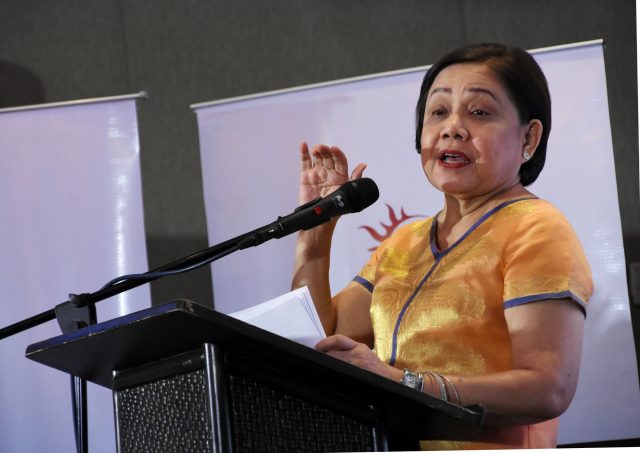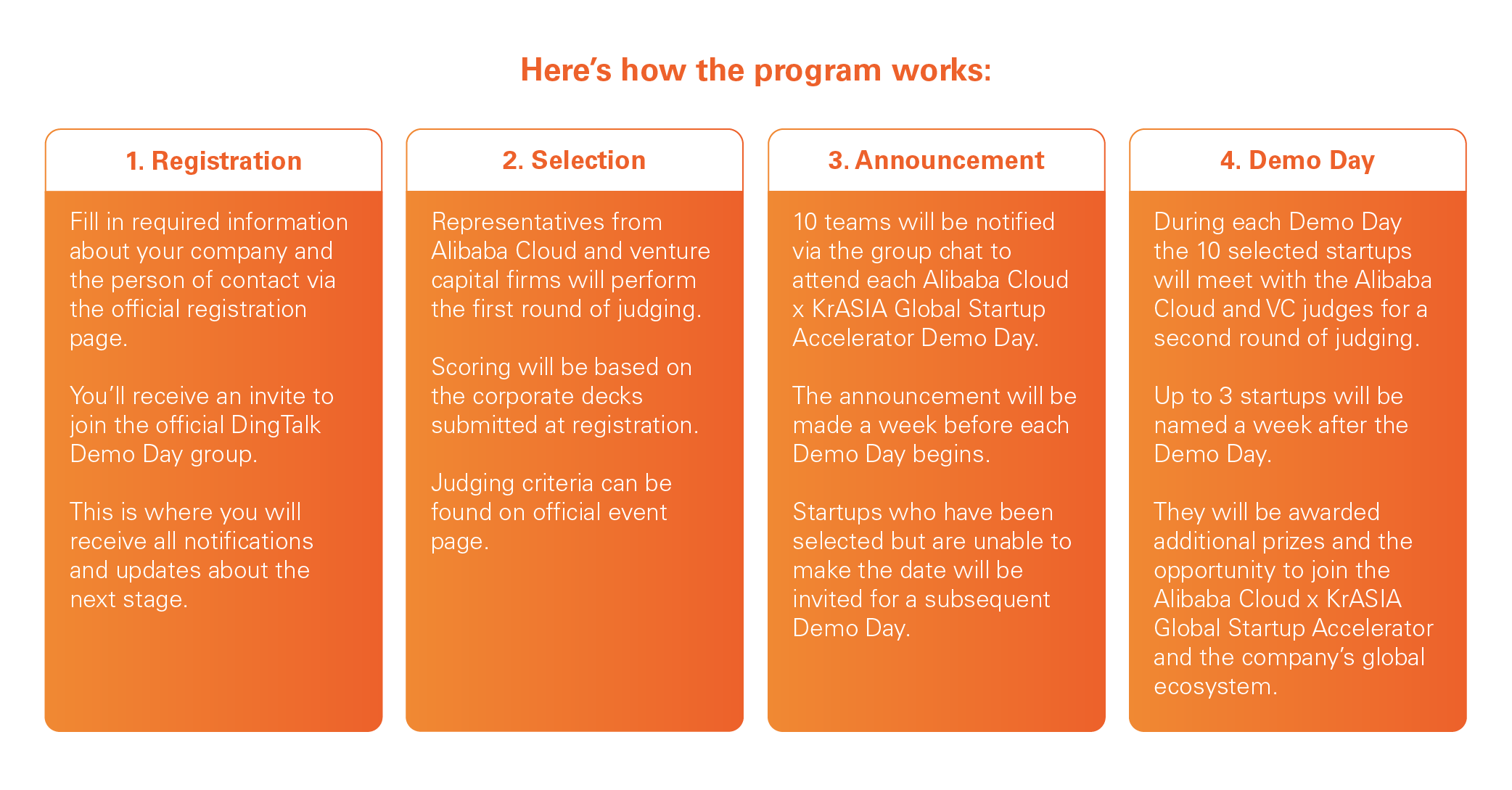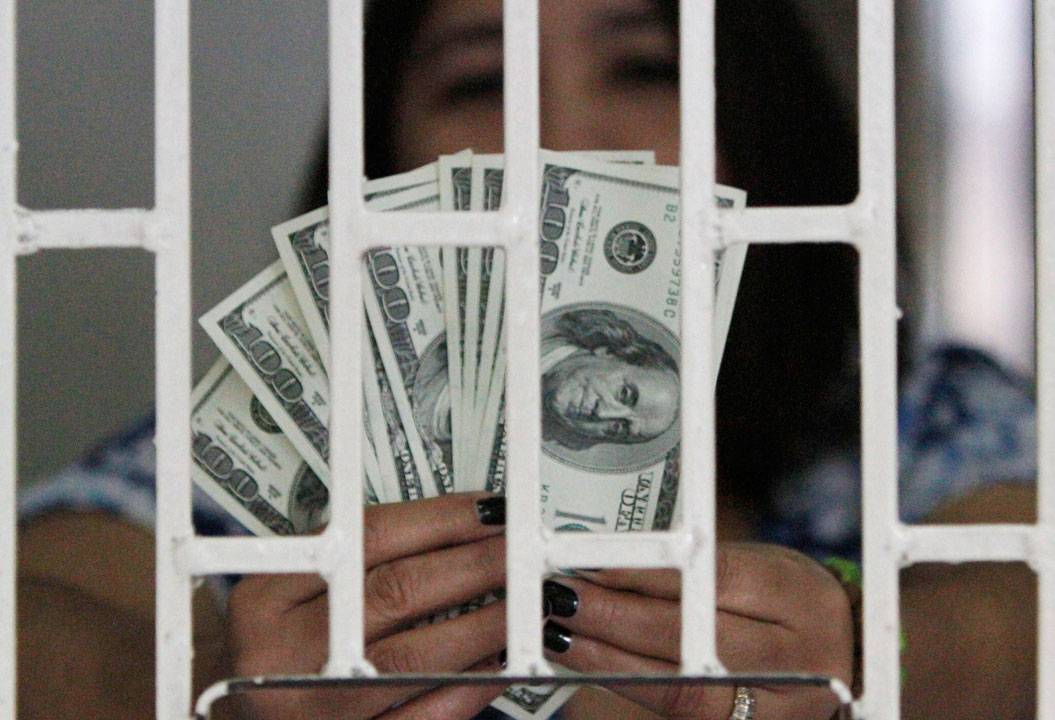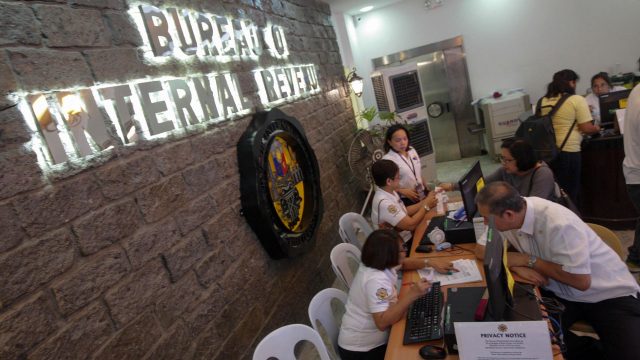“We are very happy to come up with this legislation ensuring protection for more areas in our megadiverse country. We have to take action about this protection because any damage or loss will cost too much for a country such as ours.”
A staunch environmentalist, Senator Cynthia A. Villar has been leading the campaign in the conservation of the environment to even hold at bay climate change that could endanger all forms of life on earth.
The senator has embarked on legislation to protect and conserve biodiversity.
Protecting the environment and preserving ecosystems
Sen. Villar, chairperson of the Senate Environment and Natural Resources Committee, noted that under the 1987 Philippine Constitution, it is a declared state policy that the State shall protect and advance the right of the people to a balanced and healthful ecology in accord with the rhythm and harmony of nature, in line with safeguarding a healthful ecology.
She said the Constitution likewise mandates that Congress shall determine the national parks, which shall be conserved and may not be increased nor diminished except by law.
NIPAS Act builds system of protected areas
The National Integrated Protected Areas System (NIPAS) was established by virtue of Republic Act (RA) No. 7586 on June 1, 1992, as amended by RA No. 11038, known as the Expanded NIPAS Act of 2018.
The NIPAS Act of 2018 provides the state policy “to secure for the Filipino people of present and future generations the perpetual existence of all native plants and animals through the establishment of comprehensive system of integrated Protected Areas (PAs).”
Under Sec.3 of the NIPAS Act, there are at least seven categories of PAs. They are the Strict Nature Reserve, Natural Park, Natural Monument, Wildlife Sanctuary, Protected Landscapes and Seascapes, Resource Reserve and Natural Biotic Areas. Other categories established by law, conventions or international agreements which the Philippine government is a signatory.
Because of this, Sen. Villar cited the need for stricter implementation of environmental laws especially in protected areas that serve as natural habitats for wildlife, including endangered animals that contribute significantly to biodiversity.
Sen. Villar asserted they should not be damaged or destroyed, but protected instead, not only for the animals’ sake but for our sake as well.
13 Protected Areas under Original NIPAS Act
| Region |
Protected Areas |
Province |
| 2 |
1. Bangan Hill National Park |
N.Vizcaya |
|
2. Batanes Landscape and Seascape |
Batanes |
|
3. Northern Sierra Madre Natural Park |
Isabela |
| 4A |
4. Mt. Banahaw – San Cristobal Protected Landscape |
Laguna & Quezon |
| 4B |
5. Tubbataha Reefs Natural Park |
Palawan |
| 6 |
6. Mt. Kanlaon Natural Park |
Negros Occidental |
|
7. Sagay Marine Reserve |
Negros Occidental & Oriental |
| 7 |
8. Central Cebu Protected Landscape |
Cebu City |
| 10 |
9. Mt. Malindang Natural Park |
Misamis Occidental |
|
10. Mt. Kitanglad Range Natural Park |
Bukidnon |
|
11. Mimbilisan Protected Landscape (protected landscape), Misamis Oriental |
Misamis Oriental |
| 11 |
12. Mt. Apo Natural Park |
Davao del sur |
|
13. Mt. Hamimguitan Range Wildlife Sanctuary |
Davao Oriental |
Warnings vs environmental destruction

Despite the Philippines being biodiversity-rich, the country is also among the world’s biodiversity hot spots or those areas experiencing high rates of habitat loss.
Expanding NIPAS Act
Due to this, Sen. Villar led legislative efforts to amend RA 7586 or the National NIPAS Act of 1992. She was principal sponsor of RA 11038 or the law expanding the National Integrated Protected Areas System (E-NIPAS) that President Rodrigo R. Duterte signed into law last June 22, 2018.
The law provides the legal framework for the establishment and management of protected areas in the country. NIPAS refers to the classification and administration of all designated protected areas to preserve genetic diversity and to maintain their natural conditions to the greatest extent possible. The Expanded NIPAS Act was passed in 2017 to include more areas.
The Expanded NIPAS Law facilitated the legislation of 94 more protected areas through the effort of Sen. Villar:
To date, Sen. Villar said there are 107 protected areas in the country that have been so declared through legislation.
Sen. Villar said at least six of these are internationally recognized: RAMSAR Sites: Las Piñas Parañaque Wetland Park, Olango Island Wildlife Sanctuary, Agusan Marsh Wildlife Sanctuary, and Tubbataha Reefs. Heritage Sites: Mount Timpoong-Hibok-Hibok and Mount Iglit-Baco. Malaysia-Philippines Heritage Parks: Turtle Islands Heritage Protected Area.
However, based on the records and suitability, assessments by the Biodiversity Management Bureau of the DENR, she emphasized there are still numerous sites in the country that have to be given ‘protected area’ status.
94 Protected Areas under Republic Act 11038 or E-NIPAS
| Region |
|
Name of Protected Area |
Province |
| 1 |
1 |
Kalbario-Patapat Natural Park |
Ilocos Norte |
| 2 |
Libunao Protected Landscape |
Ilocos Norte |
| 3 |
Bessang Pass Natural Monument/Landmark |
Ilocos Sur |
| 4 |
Bigbiga Protected Landscape |
Ilocos Sur |
| 5 |
Lidlidda Banayoyo Protected Landscape |
Ilocos Sur |
| 6 |
Salcedo Protected Landscape (formerly Sta. Lucia Protected Landscape) |
Ilocos Sur |
| 7 |
Agoo Damortis Protected Landscape and Seascape |
La Union |
| 8 |
Manleluag Spring Protected Landscape |
Pangasinan |
| 2 |
9 |
Palaui Island Protected Landscape and Seascape |
Cagayan |
| 10 |
Peñablanca Protected Landscape and Seascape |
Cagayan |
| 11 |
Tumauini Watershed Natural Park |
Isabela |
| 12 |
Salinas Natural Monument |
Nueva Vizcaya |
| 13 |
Casecnan Protected Landscape |
Quirino, Nueva Vizacaya, and Aurora |
| 3 |
14 |
Amro River Protected Landscape |
Aurora |
| 15 |
Dinadiawan River Protected Landscape |
Aurora |
| 16 |
Simbahan Talagas Protected Landscape |
Aurora |
| 17 |
Talaytay Protected Landscape |
Aurora |
| 18 |
Bataan Natural Park |
Bataan |
| 19 |
Roosevelt Protected Landscape |
Bataan |
| 20 |
Masinloc and Oyon Bay Protected Landscape and Seascape |
Zambales |
| NCR |
21 |
Las Piñas-Parañaque Critical Habitat and Ecotourism Area (LPPCHEA), also known as Las Piñas-Parañaque Wetland Park |
Las Piñas City and Parañaque City |
| 22 |
Ninoy Aquino Parks and Wildlife Center |
Quezon City |
| 4A |
23 |
Mts. Palay-Palay-Mataas-na-Gulod Protected Landscape |
Batangas and Cavite |
| 24 |
Taal Volcano Protected Landscape |
Batangas and Cavite |
| 25 |
Buenavista Protected Landscape |
Quezon |
| 26 |
Maulawin Spring Protected Landscape |
Quezon |
| 27 |
Quezon Protected Landscape |
Quezon |
| 28 |
Hinulugang Taktak Protected Landscape |
Rizal |
| 29 |
Pamitinan Protected Landscape |
Rizal |
| 30 |
Upper Marikina River Basin Protected Landscape |
Rizal |
| 4B |
31 |
Marinduque Wildlife Sanctuary |
Marinduque |
| 32 |
Apo Reef Natural Park |
Occidental Mindoro |
| 33 |
Mt. Calavite Wildlife Sanctuary |
Occidental Mindoro |
| 34 |
Mts. Iglit-Baco Natural Park |
Occidental and Oriental Mindoro |
| 35 |
Mt. Guiting-Guiting Natural Park |
Romblon |
| 5 |
36 |
Mt. Mayon National Park |
Albay |
| 37 |
Ticao Burias Pass Protected Seascape |
Albay, Masbate and Sorsogon |
| 38 |
Abasig-Matogdon-Mananap Natural Biotic Area |
Camarines Norte |
| 39 |
Bicol Natural Park |
Camarines Sur |
| 40 |
Buhi Wildlife Sanctuary |
Camarines Sur |
| 41 |
Lagonoy Natural Biotic Area |
Camarines Sur |
| 42 |
Malabungot Protected Landscape |
Camarines Sur |
| 43 |
Mt. Isarog Natural Park |
Camarines Sur |
| 44 |
Catanduanes Natural Park |
Catanduanes |
| 45 |
Bongsanglay Natural Park |
Masbate |
| 46 |
Bulusan Volcano Natural Park |
Sorsogon |
| 6 |
47 |
North west Panay Peninsula Natural Park |
Aklan and Antique |
| 48 |
Sibalom Natural Park |
Antique |
| 49 |
Northern Negros Natural Park |
Negros Occidental |
| 7 |
50 |
Albuquerque-Loay-Loboc Protected Landscape and Seascape |
Bohol |
| 51 |
Chocolate Hills Natural Monument |
Bohol |
| 52 |
Panglao Island Protected Seascape |
Bohol |
| 53 |
Rajah Sikatuna Protected Landscape |
Bohol |
| 54 |
Talibon Group of Island Protected Landscape and Seascape |
Bohol |
| 55 |
Camotes Island Protected Landscape and Seascape |
Cebu |
| 56 |
Olango Island Wildlife Sanctuary |
Cebu |
| 57 |
Tañon Strait Protected Seascape |
Cebu, Negros Occidental and Oriental |
| 58 |
Apo Island Protected Landscape and Seascape |
Negros Oriental |
| 59 |
Balisasayao Twin Lakes Natural Park |
Negros Oriental |
| 8 |
60 |
Cuatro Islas Protected Landscape and Seascape |
Leyte |
| 61 |
Lake Danao Natural Park |
Leyte |
| 62 |
Mahagnao Volcano Natural Park |
Leyte |
| 63 |
Guiuan Marine Resource Protected Landscape and Seascape |
Eastern Samar |
| 64 |
Biri Larosa Protected Landscape and Seascape |
Northern Samar |
| 65 |
Calbayog Pan-as Hayiban Protected Landscape |
Samar |
| 66 |
Samar Island Natural Park |
Samar, Eastern Samar and Northern Samar |
| 9 |
67 |
Basilan Natural Biotic Area |
Basilan |
| 68 |
Aliguay Island Protected Landscape and Seascape |
Iablea City |
| 69 |
Turtle Islands Wildlife Sanctuary |
Tawi-Tawi |
| 70 |
Great and Little Sta. Cruz Island Protected Landscape and Seascape |
Zamboanga City |
| 71 |
Pasonanca Natural Park |
Zamboanga City |
| 72 |
Jose Rizal Memorial Protected Landscape |
Zamboanga del Norte |
| 73 |
Murcielagos Protected Landscape and Seascape |
Zamboanga del Norte |
| 74 |
Selinog Island Protected Landscape and Seascape |
Zamboanga del Norte |
| 75 |
Siocon Resource Reserve |
Zamboanga del Norte |
| 76 |
Dumanquillas Bay Protected Landscape and Seascape |
Zamboanga del Sur |
| 77 |
Mt. Timolan Protected Landscape |
Zamboanga del Sur |
| 78 |
Buug Natural Biotic Area |
Zamboanga Sibugay |
| 10 |
79 |
Mt. Kalatungan Range Natural Park |
Bukidnon |
| 80 |
Mt. Timpoong Hibok-Hibok Natural Monument |
Camiguin |
| 81 |
Mt. Inayawan Range Natural Park |
Lanao del Norte |
| 82 |
Baliangao Protected Landscape and Seascape |
Misamis Occidental |
| 83 |
Initao-Libertad Protected Landscape and Seascape |
Misamis Oriental |
| 84 |
Mt. Balatukan Range Natural Park |
Misamis Oriental |
| 11 |
85 |
Mabini Protected Landscape and Seascape |
Compostela Valley |
| 86 |
Mainit Hot Spring Protected Landscape |
Compostela Valley |
| 87 |
Aliwagwag Protected Landscape |
Davao Oriental and Compostela Valley |
| 88 |
Mati Protected Landscape |
Davao Oriental |
| 89 |
Pujada Bay Protected Landscape and Seascape |
Davao Oriental |
| 12 |
90 |
Saragani Bay Protected Seascape |
General Santos City and Sarangani |
| 91 |
Mt. Matutum Protected Landscape |
South Cotabato and Sarangani |
| 13 |
92 |
Agusan Marsh Wildlife Sanctuary |
Agusan del Sur |
| 93 |
Siargao Island Protected Landscape and Seascape |
Surigao del Norte |
| 94 |
Tinuy-An Falls Protected Landscape |
Surigao del Sur |
Sen. Villar said additional six protected areas to be legislated by the Senate Committee on Environment which she chaired during the 18th Congress. These are:
| Region |
Protected Areas |
Province |
| CAR/R2 |
1. Mount Pulag |
Benguet, Ifugao and N. Vizcaya |
|
2. Banao Protected Landscape |
Kalinga |
| 1 |
3. Tirad Pass Protected Landscape |
Ilocos Sur |
| 3 |
4. Mount Arayat Protected Landscape |
Pampanga |
| 6 |
5. Sicogon Island Wildlife Sanctuary |
Iloilo |
| 9 |
6. Naga-Kabansalan Protected Landscape |
Zamboanga Sibugay |
Mount Pulag, Banao, Tirad Pass, Mount Arayat, and Naga-Kabasalan are all protected landscapes while Sicogon is a wildlife sanctuary.
Spotlight is BusinessWorld’s sponsored section that allows advertisers to amplify their brand and connect with BusinessWorld’s audience by enabling them to publish their stories directly on the BusinessWorld Web site. For more information, send an email to online@bworldonline.com.
Join us on Viber to get more updates from BusinessWorld: https://bit.ly/3hv6bLA











 CONRADOS.DARSANTOS
CONRADOS.DARSANTOS





